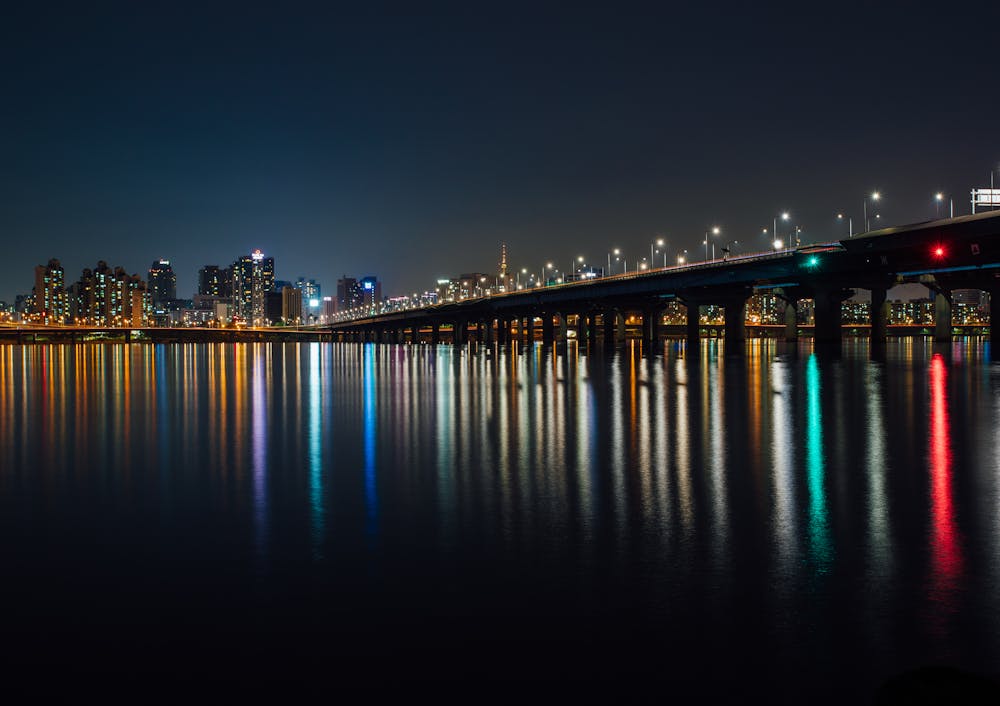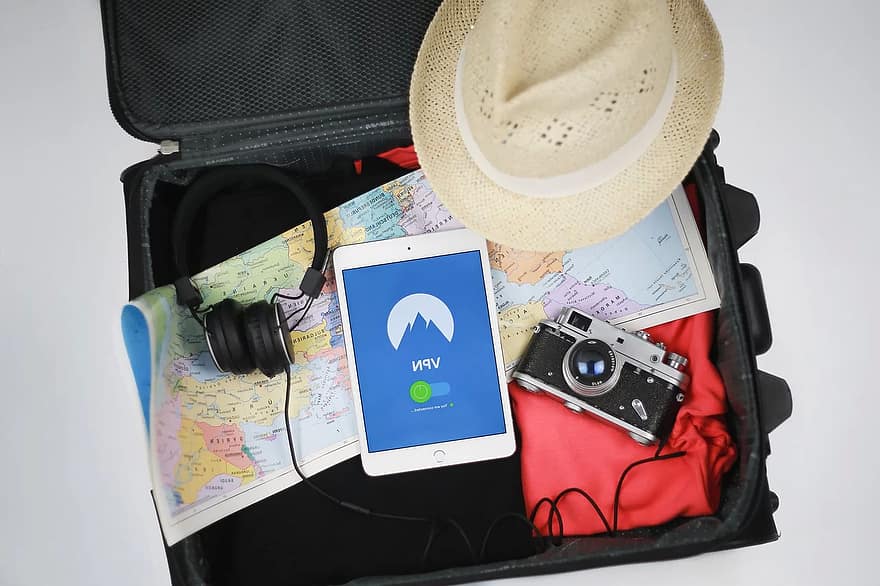South Korea may be famous for its high-tech cities and pop culture phenomenon, but its natural beauty and efficient rail system make it one of the best countries in Asia for scenic train travel. From bustling city centres to tranquil mountain ranges, the landscape transforms before your eyes as you glide along the country’s pristine railways. Whether you’re a first-time visitor or a seasoned explorer, taking the train in Korea offers not only comfort but an immersive view into the country’s contrasting charms.
The Rail Advantage in Korea
For those keen to experience Korea’s diverse geography—from coastal views to lush countryside—the train is arguably the best way to travel. With services operated by Korail, South Korea’s national railway, and various regional lines extending into lesser-known parts of the country, rail journeys are fast, clean, and reliable. The star of the network is undoubtedly the KTX train, South Korea’s high-speed rail that zips through the landscape at over 300km/h. Comparable to Japan’s Shinkansen or France’s TGV, the KTX offers an efficient and ultra-modern way to travel between major destinations, reducing long road journeys to a matter of hours.
Beyond speed, the KTX also delivers on comfort. Spacious seats, quiet carriages, and smooth tracks make it ideal for those who prefer relaxing with a book or simply watching the scenery roll by. Wi-Fi and charging ports are available, and tickets can be booked easily online or through travel apps, making the process hassle-free for international visitors.
A Classic Journey: Seoul to Busan
Among the many routes available, one of the most popular and rewarding is the KTX Seoul to Busan journey. This route connects the capital in the north to the southern port city of Busan, crossing the country in just under three hours. It’s not just the efficiency of this line that’s impressive—it’s the shift in scenery that captivates. Departing from the dense urban skyline of Seoul, the train soon moves past rolling hills, wide rivers, and patchworks of rice paddies before arriving in the dynamic coastal atmosphere of Busan.
This particular journey highlights Korea’s striking contrasts. Seoul is all sleek skyscrapers, global fashion, and endless entertainment. Busan, on the other hand, leans more towards relaxed seaside vibes, fresh seafood markets, and colourful hillside villages like Gamcheon. Travellers can enjoy both experiences in a single day’s trip thanks to the speed and reliability of the KTX.
Scenic Detours and Slower Options
While the high-speed rail dominates, not all travellers are in a rush. Slower regional lines offer a different kind of joy: scenic immersion. Take, for instance, the Mugunghwa or Saemaeul trains, which travel more leisurely through the countryside, stopping at smaller towns and giving passengers more time to appreciate the passing views. Routes along the eastern coast, particularly between Gangneung and Donghae, are especially beautiful, offering glimpses of the sea right from your seat.
One charming example is the Jeongseon Arirang Train, designed with panoramic windows and cultural themes. Travelling through Gangwon-do Province, it meanders past forests and mountains while celebrating traditional Korean culture onboard with music and stories. It’s slower and more tourist-focused, but perfect for those who want more than just a destination—they want the journey itself to be memorable.
Exploring Korea’s Natural Gems by Rail
South Korea is home to 22 national parks, many of which are easily accessed by train. Jirisan, the country’s largest national park, is reachable from cities like Namwon and Jinju, both well-connected by regional rail. The mountainous park offers hiking trails, waterfalls, and temples nestled among pine forests. Similarly, Seoraksan National Park, located in the northeast, is accessible via train to Sokcho, followed by a short bus ride. Autumn in Seoraksan is particularly breathtaking, with fiery foliage transforming the mountains into a living painting.
If you’re more inclined toward coastal scenery, the southern islands and beaches of Tongyeong and Yeosu are accessible by rail and offer a peaceful contrast to the hustle of Korea’s cities. Travellers can take regional trains through Suncheon Bay, famed for its wetlands and migratory birds—a paradise for nature photographers and bird watchers alike.
Cultural Stops Along the Way
Train travel in Korea isn’t just about natural beauty; it’s also a way to explore the country’s deep-rooted history. Gyeongju, once the capital of the ancient Silla Kingdom, is filled with historic sites, including royal tombs, palaces, and Buddhist temples. Many routes pass through or near this historical city, making it a worthwhile detour.
Jeonju, known for its well-preserved hanok village and famous bibimbap, is another stop easily reached by train. With traditional architecture, artisanal crafts, and a buzzing food scene, it offers a lovely day or overnight trip for those seeking a cultural or educational enrichment programme.
Tips for Travelling by Train in Korea
- Book in advance: While you can often buy tickets on the day, booking ahead is wise during peak seasons or holidays.
- Use a Korail Pass: Foreign travellers can purchase rail passes that offer unlimited travel over a set number of days, which can save money if you’re planning multiple journeys.
- Mind the quiet zones: Many trains have designated quiet carriages. Respect the atmosphere by keeping phone use and conversations to a minimum.
- Plan transfers: Some scenic areas may require a bus or taxi from the nearest station, so check schedules and transfer options before you go.
- Bring snacks: Though some trains offer food, bringing your own snacks—like kimbap or dried squid from a station shop—adds to the fun of the trip.
Final Thoughts
Exploring South Korea by train is not only convenient but deeply rewarding. Whether you’re zipping between metropolises on the KTX or slowly taking in the coastal breeze on a regional line, train travel allows you to experience the country at its most authentic. With ever-changing views out the window and a network that makes even remote gems accessible, there’s no better way to uncover Korea’s scenic charm than by rail.

